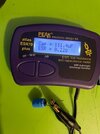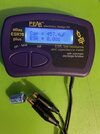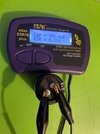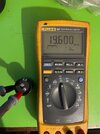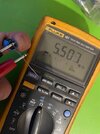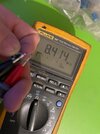eletroenergy
Member
Is it necessary to use my electronic devices from the 90's that have electrolytic capacitors every month to prevent them from having depolarization and failures of electrolutic capacitor due to disuse? I don't know the manufacturers of these electrolytic capacitors
when plugging the devices into the socket and using them, how many minutes for the total reform of the electrolytic capacitor?
when plugging the devices into the socket and using them, how many minutes for the total reform of the electrolytic capacitor?


